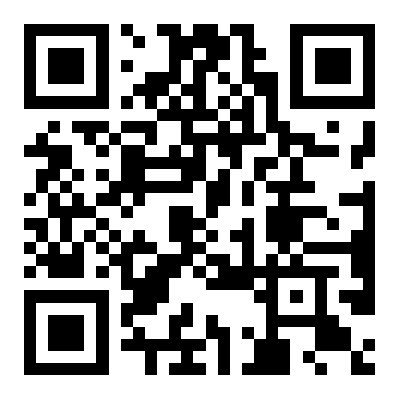Although there are many methods for measuring the corrosion of metal plates in brazed plate heat exchangers, there are few methods that can be used in the production process. At present, resistance method, linear polarization method, chemical method, and ultrasonic thickness measurement method are widely used.
The resistance method is a method of measuring metal corrosion, which is based on the principle that the cross-sectional change of the metal component after corrosion leads to an increase in resistance. The measuring instrument manufactured based on this principle is called a resistance probe. It consists of probes and measuring instruments. After sample processing, the corrosion rate can be directly read on the measuring instrument by contacting the probe.
The advantages of the resistance method are that it is not affected by corrosive environments, has simple operation, can continuously measure and record changes in corrosion rate, and has high sensitivity. The disadvantage is that the processing requirements for the test piece are strict, and the local corrosion characteristics cannot be measured. If the corrosion product is a conductor, there will be significant errors.
The basic principle of linear polarization method is that there is a linear relationship between the current applied near the free corrosion potential of the metal (in the range of about 10-20 MV) and the potential change generated, and the slope of the straight line is inversely proportional to the corrosion current. The linear polarization method can sensitively measure the instantaneous corrosion rate and can be used for continuous detection and on-site monitoring. Its measurement range is very wide. Its disadvantage is that it is only applicable to corrosion systems composed of metal electrolytes, and the measurement accuracy is not high.
Except for ion selective electrode method and hydrogen probe method, chemical method is basically a solution analysis method.
Solution analysis estimates the corrosion rate by measuring changes in the concentration of corroded metal ions in a corrosive medium. The commonly used chemical analysis methods include volumetric method, colorimetric method, and polarographic method. This method is not applicable when the corrosion products are insoluble or the corrosion rate changes over time.
The ion selective electrode method is a method of using an ion selective electrode to determine changes in the content of a certain ion. Ionic selective electrode is an indicator electrode used to determine the activity of specific ions in a solution by potentiometry. As long as there is a suitable ion selective electrode, the content changes of corrosive ions in the corrosive medium can be determined. This method has the advantages of easy operation, simple instrument, fast and continuous measurement.
The hydrogen probe method is a method of calculating the corrosion rate of metals by measuring the hydrogen content of corrosion products. Usually, it is only applicable to corrosion systems where the cathodic process involves hydrogen evolution.
Ultrasonic thickness measurement method is to use an ultrasonic thickness gauge to measure the wall thickness of equipment and understand the corrosion situation. It can detect running equipment at any time without damaging the device, but the accuracy of the instrument has a significant impact on the measurement accuracy.

 中文(简体)
中文(简体)